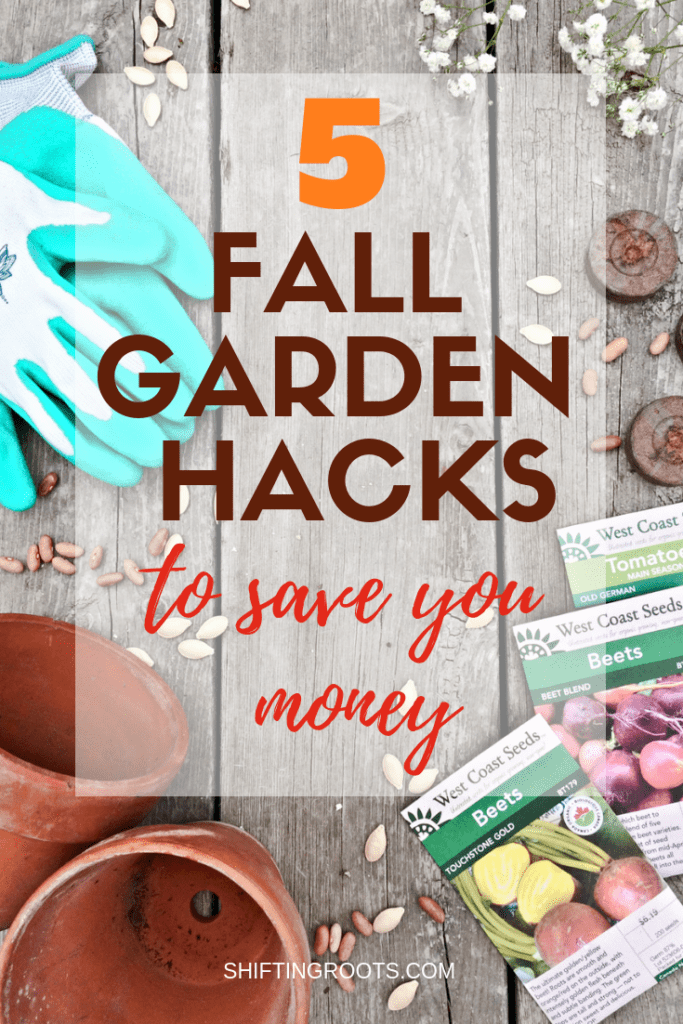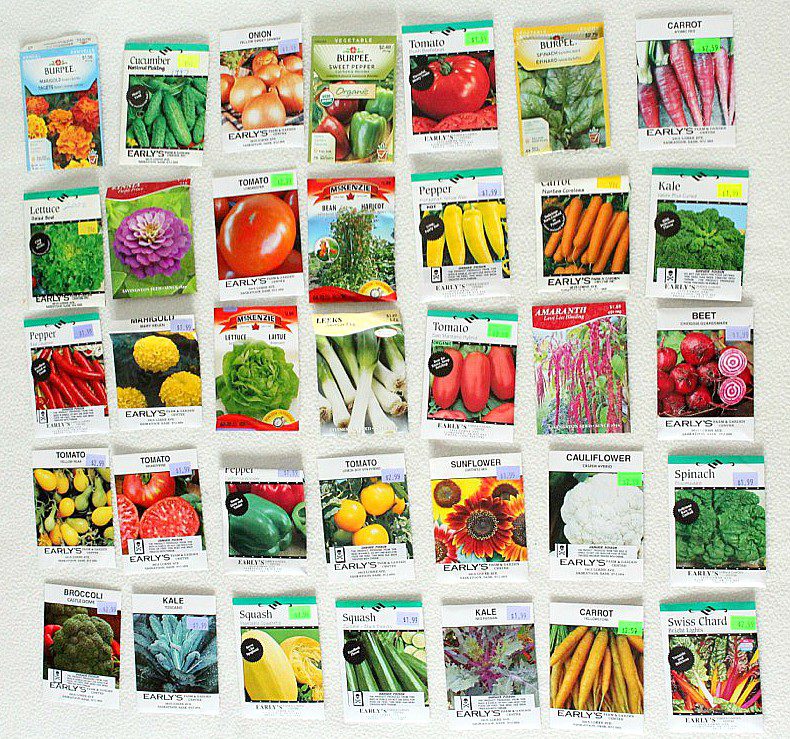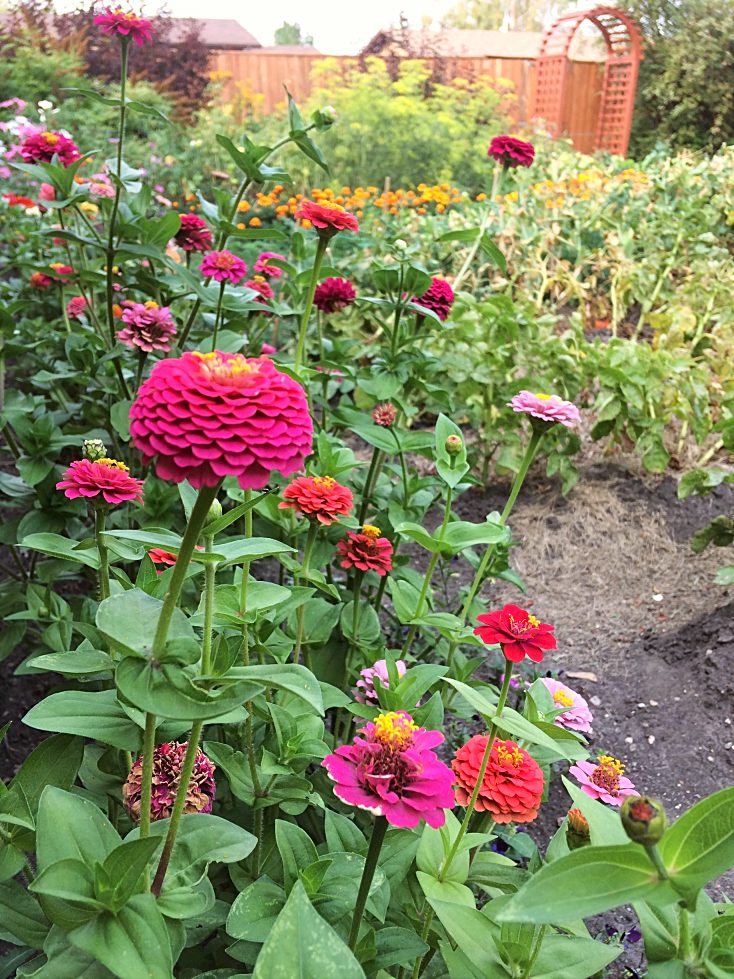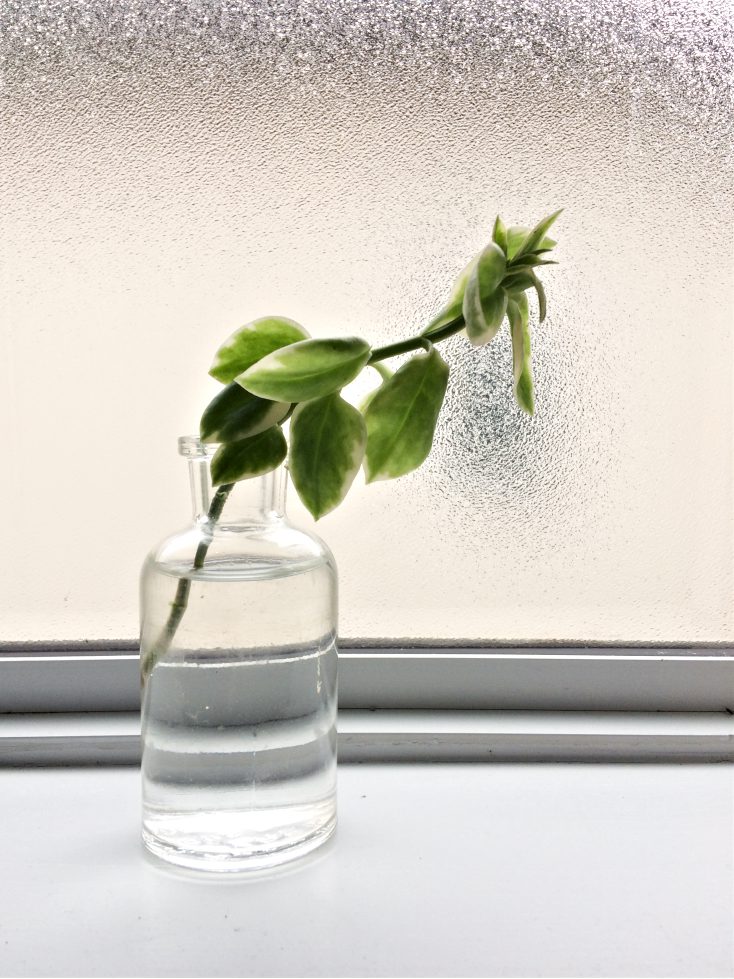We’ve all been there. Promising ourselves that this is the year we will stay on budget in the garden centre. But $100 soon becomes $200 and then you realize that you need “just one more thing” and suddenly your best attempts at not spending too much quickly spiral into $500 on bedding plants and seeds in the blink of an eye.
So what’s a gardener to do?
Here’s 5 ways this Fall you can make a dent in your gardening budget next Spring.
Plant Heirlooms and Save the Seeds
The easiest way to save money in the garden is by saving seeds. Sure, you’ll have an initial investment, but after that your cost is essentially zero. Tomatoes, peppers, potatoes, lettuce, squash, pumpkins, and cucumbers are all really easy vegetables to start with.
When you do buy your initial seeds, make sure you get heirloom, open pollinated varieties and not hybrids. If you plant a seed saved from a hybrid vegetable, you’ll get a plant that resembles one of the “parents” that went into making the hybrid, not the hybrid itself.
Not sure where to buy seeds? Here’s a list of Canadian companies, and one for the US.
Collect Seeds From Easy to Save Annuals
Wouldn’t it be nice if you didn’t have to spend a fortune to make your front yard look amazing? Save seeds from marigolds, sunflowers, nasturtiums, zinnias, calendula, and more for an easy and cheap flower garden next year. Or plant them amongst your vegetable garden for some wonderful companion planting benefits.
Divide and Share Overgrown Perennials
More established gardeners are often happy to share perennials plants that have grown a bit too big for their intended space. The parent plant often ends up revived the next growing season and you end up with some free plants for your yard. Win!
Before you get too excited, you might want to read over this list of plants that can quickly turn into a nightmare in zone 2 and 3, and this one for all the warmer zones.
Favourite plant on the list? You can still plant it!! Just know that if you’re not willing or able to maintain it every year, you’ll quickly have an overgrown mess on your hands.
Take Cuttings of Annual Plants and Grow them Indoors Over Winter
For years my mother has taken cuttings of her favourite coleus and german ivy plants and grown them over the winter. Then, in Spring, she takes multiple cuttings from those indoor plants and has enough plants that she doesn’t need to buy them from the nursery. Although lets be real. . . a new variety or two always makes it’s way into the cart.
How do you take a cutting? It’s quite simple. Cut the plant so that it has a bit of a stem. Put the stem in water until it grows roots, usually in around a week. Transfer your newly rooted cuttings to a pot with dirt. Put them in a spot with adequate sunlight, water every few days, and repeat the process in spring.
Get Serious About Composting
Don’t throw away those kitchen scraps and old leaves! They are the perfect ingredients for making a nutrient-rich compost for your soil.
If you’ve never composted before, know that composting can be a bit of a waiting game (unless you vermicompost or hot compost). Your home compost will need to sit a couple of months and sometimes up to a year to be fully ready to use in your garden. The time depends on a couple of factors, such as how frequently (if at all) you turn it, and if you live in an area that has extremely cold winters or not.
If you live someplace where the whole winter is below freezing, the composting process will stop for the winter and re-start in the spring.
Check with your municipality if they have a compost program. Some cities offer free compost to their citizens!!






Alayna
Kristen Raney
Heidi
Kristen Raney